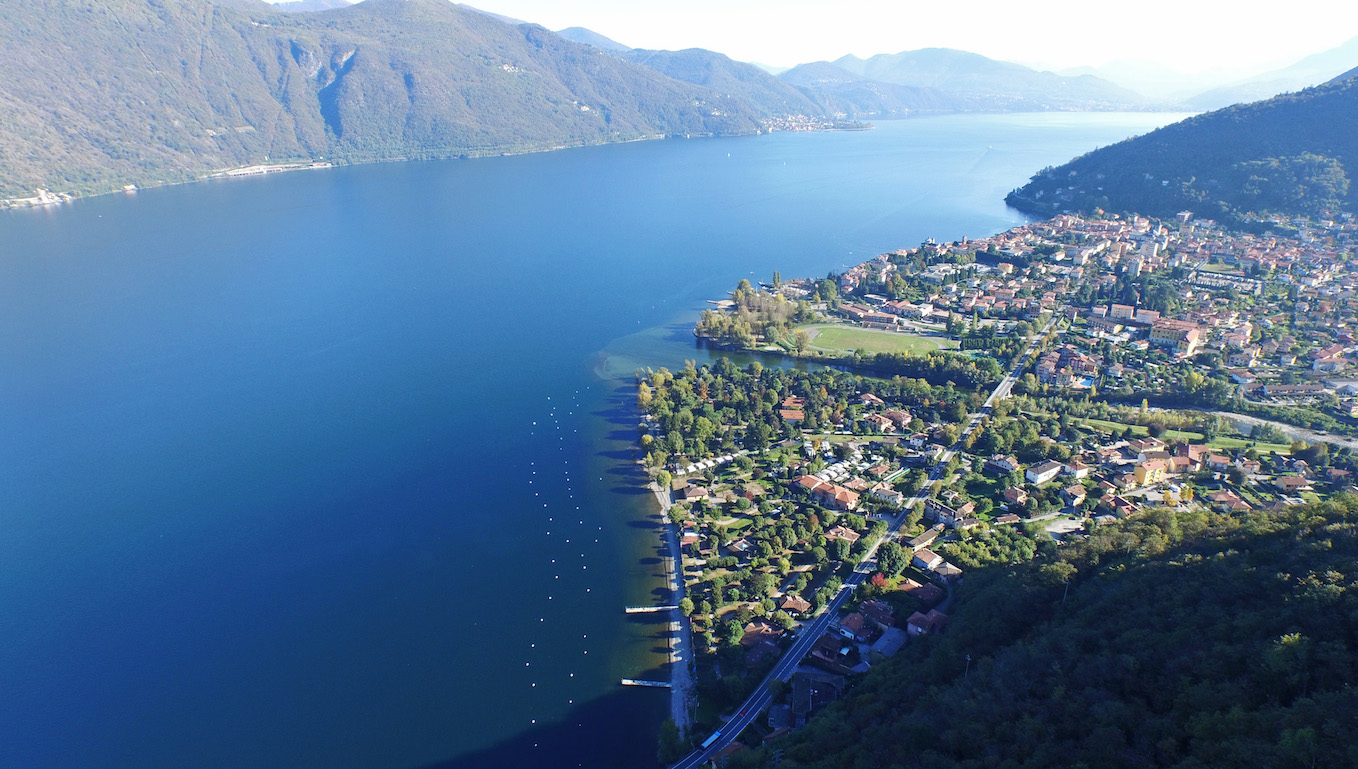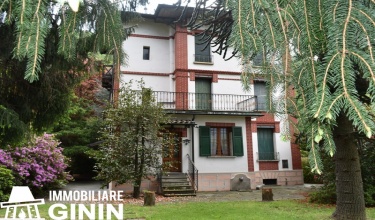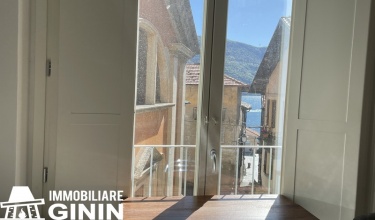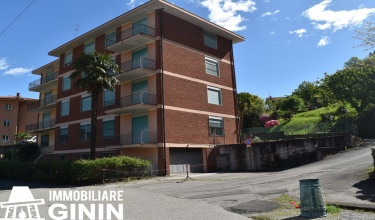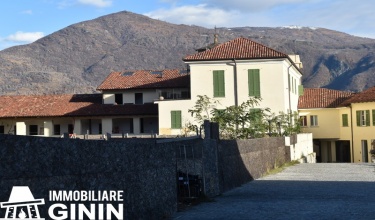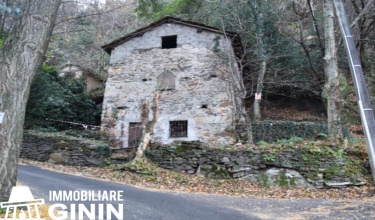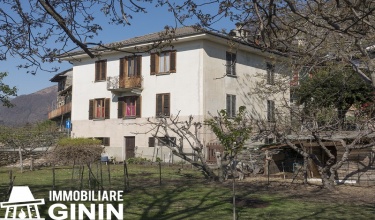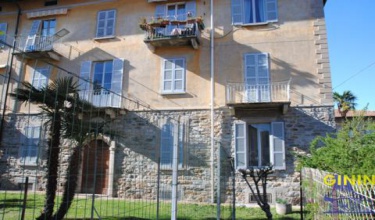The upper Lake Maggiore area covers the northern part of the lake from Cannobio, the last town before the Swiss border, to Ghiffa, just outside Verbania. From their setting between green hillsides and blue waters, the four main places in this area, Cannobio, Cannero, Oggebbio and Ghiffa, enjoy spectacular views of the Swiss, the Lombard, and the Piedmontese shores of the Lake. In true Italian style, each community has its own history and traditions.
Ghiffa has a Hat Museum and the Sacro Monte of the Holy Trinity, a Baroque complex of chapels in a superb position above the lake. Cannero Riviera, on the road to Switzerland, boasts a marvellous view of the Malpaga castles, the so-called “Castles of Cannero”, picturesque ruins occupying two little islands near the shore. Here nature and art come together in perfect harmony.
The lakeside road (State road 34) is lined with mansion houses and their gardens, while perched in the hills above, the little villages keep their age-old character and traditions.Farther towards the Swiss border, from Cannobio a road twists and turns up the Cannobina Valley, which extends for 11,000 hectares from the lake shore. The valley’s landscape is varied and full of fascination: from the bare slopes of Monte Limidario, at 2,189 metres the highest point in the valley, to the sheer cliffs and deep, green waters of the Orrido or Gorge of Sant’Anna at Traffiume not far from Cannobio.
The Borromean Gulf is the name given to the arm of Lake Maggiore extending from Verbania to Stresa. It includes the marvellous Borromean Islands as well as the hills behind Verbania. Art and nature come together in perfection to produce the beauty of the Borromean Gulf. Human interventions over the centuries have intelligently enhanced the landscape, both on the islands and on the shore.
The last part of the Piedmont shore of Lake Maggiore goes from Belgirate to Castelletto Ticino, and possesses a variety of places of artistic and cultural interest. The little Romanesque church of Santa Maria in Belgirate is a fine example. In a dominating position above the town, it dates from the 12th century. Massino Visconti boasts the sanctuary of San Salvatore, at the end of a 4 km-long scenic road on a hillside of birch and beech woods. The lakeside road (State road 33) is lined with a succession of mansion houses set in luxuriant parkland.
More on: www.illagomaggiore.com

